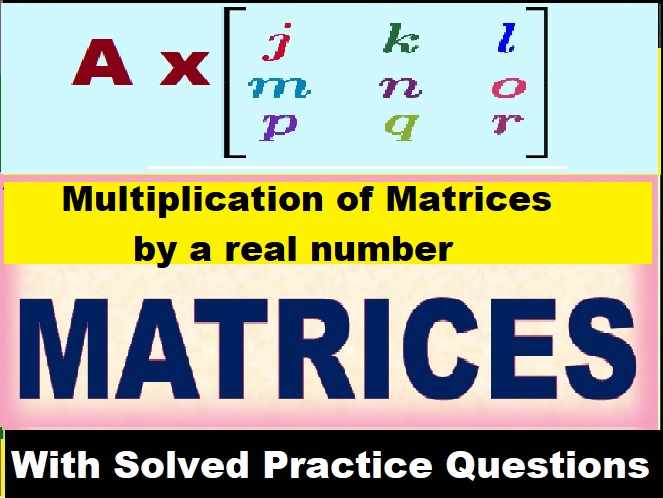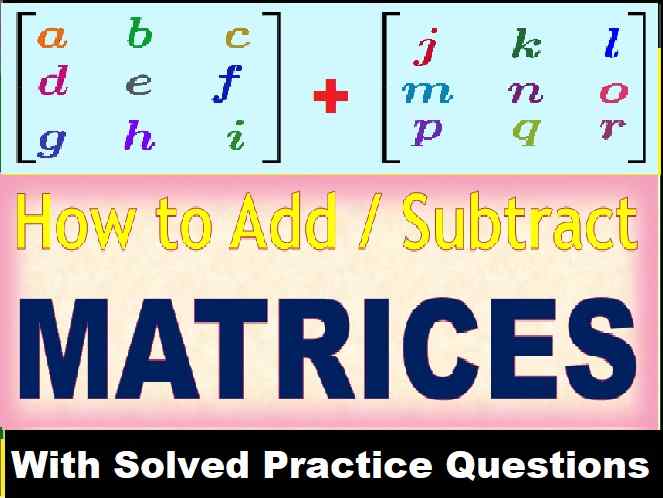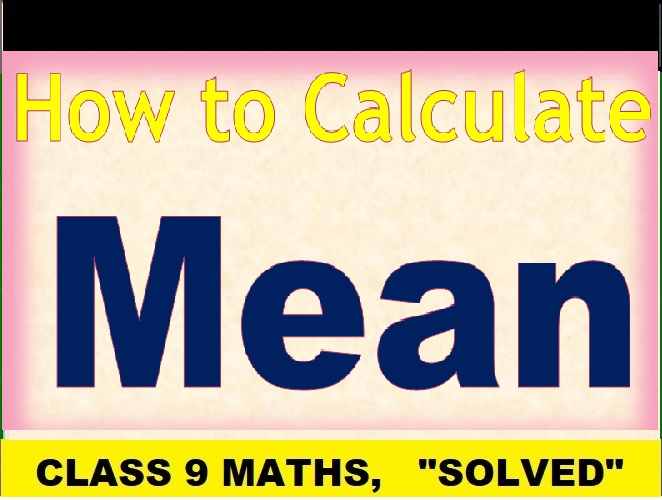Metals and Non-Metals Class-7 Dalal Simplified ICSE Chemistry Solutions Chapter-6 Dr Viraf J Dalal Middle School Allied Publishers Solutions. Chapter-6. We Provide Step by Step Solutions of Exercise/Lesson -6 Questions and Answers of Dr Viraf J Dalal Middle School Chemistry Allied Publishers. Visit official Website CISCE for detail information about ICSE Board Class-7.
Metals and Non-Metals Class-7 Dalal Simplified ICSE Chemistry Solutions Chapter-6
| Board | ICSE |
| Class | 7th |
| Subject | Chemistry |
| Book Name | Dalal New Simplified |
| Chapter-6 | Metals and Non-Metals |
| Unit-1 | Metals and Non-Metals |
| Topic | Solution of exercise questions |
| Session | 2023-24 |
Exercise – 1
Metals and Non-Metals Class-7 Dalal Simplified ICSE Chemistry Solutions Chapter-6
Question 1. Give the common name and chemical name of an ore of –
(a) zinc
(b) aluminium
(c) iron.
Answer 1:
| Metal | Common name | Chemical name | Formula |
| (a) Zinc | Zinc blende | Zinc sulphide | ZnS |
| (b) Aluminium | Bauxite | Aluminium oxide | Al2O3.2H2O |
| (c) Iron | Haematite | Iron [III] oxide | Fe2O3 |
Question 2. Distinguish between the physical properties of metals and non-metals with reference to- (a) lusture (b) malleability (c) ductility (d) tensile strength (e) sonority (f) conduction of heat and electricity (g) melting and boiling point (h) density.
Answer 2:
| Property | Metals | Non- Metals |
|---|---|---|
| (a) Lustre | They are lustrous, they shine. | They are non-lustrous. |
| (b)Malleability | They are malleable, they can be drawn into sheets. Exception – zinc | They are non-malleable. |
| (c) ductility | They are ductile, they can be drawn into wires. Exception – zinc, mercury | They are non-ductile. |
| (d) tensile strength | They have high tensile strength. Exception – zinc, mercury | They have low tensile strength. |
| (e) Sonority | They are sonorous. | They are not sonorous. |
| (f) Conduction of heat and electricity | They are good conductors of heat and electricity. | They are poor conductors of heat and electricity. |
| (g) Melting and boiling point | They have a high melting and boiling point. Exception – Sodium, potassium, mercury | They have a low melting and boiling point. |
| (h) Density | They have high density. Exception – sodium, potassium, calcium | They have low density. |
Question 3. With reference to the physical properties of metals and non-metals, state the following exceptions.
(a) a metal which is liquid at room temperature
(b) a non-metal which sublimes and is non-lustrous
(c) a non-metal which has low tensile strength
(f)) a non-metal which conducts electricity
(e) a metal which floats on water.
Answer 3:
(a) Mercury
(b) Iodine
(c) Phosphorus
(d) Graphite
(e) Lithium , Sodium , Potassium
Question 4. With reference to the following metals state their – use in daily life.
Metals: (a) copper (b) iron (c) aluminium (d) magnesium (e) zinc (f) lead (g) silver
Answer 4: (a) Copper:
- It is used in Making thin wires
- Making Coil of motor
(b) Iron:
- Iron is used in automobiles.
- Pig iron is used in drain pipes.
(c) Aluminium:
- It is used in Making utensils
- Al powder is mixed with linseed oil in paints because it is anti-corrosive in nature.
(d) Magnesium:
- Mg is used in fireworks
- Magnesium produces a bright flash and hence it is used in strip form in photography.
(e) Zinc:
- Zinc is used For galvanising iron sheets, because it does not rust.
- Zn acts as a cathode in dry cells.
(f) Lead:
- It is used in making pipes because it is malleable and reactant to corrosion.
- Lead is used in bullets because it has high specific gravity.
(e) Silver:
- Silver is used For making jewellery
- It is used for electric purposes.
Question 5. Describe a simple experiment to prove that – a copper wire conducts electricity, but a piece of coal does not.
Answer 5: Experiment to prove that a copper wire conducts electricity
Required – Copper, battery, bulb and loose wire
Procedure – Join the wire with the battery, copper and bulb
Observation – The bulb glows when current passes through because copper conducts electricity.

Experiment to prove that coal does not conducts electricity
Required – A coal, bulb, battery and wire
Procedure – Join the wire with battery, coal and bulb
Observation – The bulb does not glow as coal is a bad conductor of electricity.

Question 6. Differentiate between metals and non-metals with reference to –
(a) number of electrons in outer or valence shell
(b) formation of cation and anion
(c) reaction with dilute acids.
Answer 6:
| Chemical Property | Metals | Non-metals |
| (a) No.of electrons in outer shell | 1, 2 or 3 electrons – in the outer or valence shell of an atom a metal. an atom | 4, 5, 6 or 7 electrons – in the outer or valence shell of a non-metal |
| (b) Ion formation | Metal lose or donate valence electrons and form cations | Non-metal accept valence electrons and form anions |
| (c) Reaction with acids | React with dilute acids to give hydrogen | Do not react with dilute acids |
Question 7. Give a reason why – properties of metals are related to their activity or reactivity series of metals. Explain the same with reference to potassium and iron in the series.
Answer 7: Activity of series of metals is a series of arrangement of metals in order of their reactivity.
Hence, the most active metal is at the top of the series & the least active metal is at the below of the series.
Therefore, the properties of metals are related to their activity or reactivity series of metals.
However, the Potassium (K) is at the top of the series. Hence, it reacts vigorously with cold water. The equation is 2K + H2O → 2KOH + H2
The Iron (Fe) is below the potassium, sodium, calcium and Magnesium. So, It reacts smoothly with water (steam).
The equation is 3Fe + 4H2O → Fe3 O4+ 4H2
Question 8. Give the basic demarkation of the Modern Periodic Table into metals, metalloids and non-metals with special reference to halogens and noble gases.
Answer 8: Modern Periodic Table is the arrangement of elements in increasing order of atomic numbers.
There are total 118 elements, the first element i.e. the atomic number 1 is Hydrogen and the last element i.e. the atomic number 118 is Ununoctium.
The elements are categorized mainly into 4 types, and these are:
- Reactive Metals: They are placed in the extreme left of the periodic table.
- Weak Metals: They are placed in the middle of the periodic table.
- Non-metals: They are placed in the upper right corner of the periodic table, and maybe subset further as halogens and noble gases.
- Metalloids: They have the properties of both the metals and non-metals.
Metals Metalloids Non-metals – 17 91 7 Common- 7 H, C, N, O, P, S, Se
Halogens- 4 F, Cl, Br. I, [At] Nobel gases- 6 He, Ne, Ar, Kr,Xe, RnThe above demarcation may vary, since the nature of some elements is still under research.
Question 9. Give a reason why the non-metals – halogens and noble gases are placed in separate groups of the periodic table with special reference to their difference in properties.
Answer 9: Halogens are extremely reactive elements because they need one more electron to gain a full octet state while noble gases are extremely unstable because they already have their full octet state, hence they are placed in separate groups of the periodic table.
Question 10. State what are metalloids. Name the elements recognised as metalloids. Compare the properties of metalloids with those of metals. State the uses of three different metalloids.
Answer 10: Metalloids are elements that show physical and chemical properties of metals and non metals both.
Elements like boron, silicon, germanium, arsenic, antimony, tellurium are recognized as metalloids.
Properties of metals:
- State – Metals are solid at room temperature except mercury which is liquid. Metalloids are generally solid at room temperature.
- Lustre – Metals are shiny and reflect light from their surface. Metalloids have metallic lustre but show properties of weak non-metals.
- Conductivity – Metals are good conductors of heat and electricity while metalloids are semiconductors of electricity and average transmission of heat.
- Malleability – Metals can be drawn into sheets
- ductility – Metals can be drawn into wires
Three uses of metalloids:
1. Boron is used as an insecticide and a fire retardant.
2. Silicon gel is applied to bum patients and to absorb moisture.
3. Arsenic is used for certain medicinal purposes.
4. Antimony is used as an anti-parasitic drug.
5. Germanium is used as a semiconductor in cell phones.
Question 11. Explain the term – rusting and give a word equation for the formation of rust. If polished iron nails are kept in three separate test tubes, state the contents in each test tube required, to prove the conditions for rusting.
Answer 11: Slow oxidation of iron in presence of air and moisture with formation of hydrated iron [[III]] oxide is called rusting.
Iron + Oxygen → Iron Oxide → Rust hydrated iron [[III]] oxide

The oxygen in the air reacts with iron and presence of moisture forms a brown coating called rust. It corrodes iron and reduces its structural strength.
Question 12. State why telegraph poles are painted with aluminium paint.
Answer 12: Aluminium paint is anti corrosive paint because it does not rust, hence it is used to paint telegraph poles which are exposed to air and moisture.
Question 13. Give a reason why oiling or greasing is done on the exposed moving iron parts of machinery and not preferred on heavy stationary iron parts.
Answer 13: Oil or grease on the exposed moving iron parts of machinery forms a coating which protects it from rusting. It reduces friction in the machinery. Oiling or greasing is not preferred on heavy stationary iron parts as red lead oxide paint is used on these parts.
Question 14. State why galvanization, tinning and chrome plating (electroplating ) are used as three different processes for coating specific articles for prevention of rusting.
Answer-14: Galvanization:- Galvanization involves applying a thin coating of zinc to a thicker base metal, helping to shield it from the surrounding environment. It is used to coat iron articles which are generally exposed to heavy moisture.
Tinning :– Tinning is the process of coating iron with molten tin, which can be used for edible applications. Galvanised steel cannot be used for food containers because zinc dissolves in food acids and makes poisonous compounds.
Chrome Plating :- depositing of thin layer of superior metals over inferior metals is electroplating for decorative purpose
Question 15. Give a reason why –
(a) rust turns moist red litmus blue
(b) a green deposit is seen on the surface of an article of copper
(c) iron objects rust easily but the iron pillar at Qutab Minar has not rusted over the years.
Answer 15: (a) A suspension of rust is basic in nature and hence turn moist red litmus blue.
(b)The green deposit is due to the formation of green copper carbonate.
(c)Iron pillar of Qutub Minar has not rusted over the years because it is very pure and the great mass of iron may have created a temperature stabilizer thus reducing the condensation of moisture on it
Question 16. State a specific reason for using –
(a) Steel in automobiles
(b) gold in jewellery
(c) copper in electrical cables
(d) zinc in galvanizing
(e) lead in bullets
(f) magnesium in fireworks.
Answer 16: (a) It is malleable with high tensile strength.
(b) It is expensive, lustrous, malleable and ductile.
(c) It is a good conductor of electricity.
(d) It prevents rusting
(e) It has high specific gravity
(f) It bums with a dazzling light.
– : End of Metals and Non-Metals Class-7 Dalal Simplified Solutions :–
Return to – Dalal Simplified Chemistry for ICSE Class-7 Solutions
Thanks
Share with your friends.



Good help in making notes on time